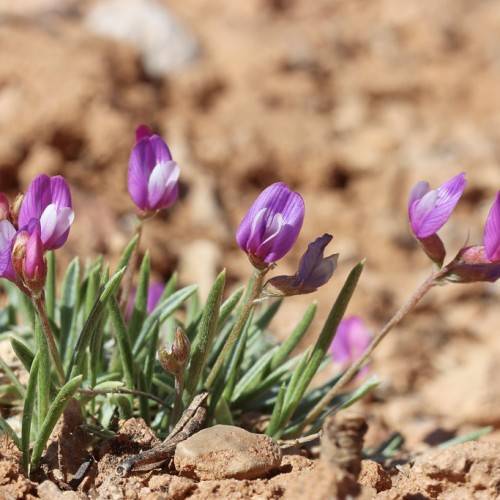
Tufted Milk Vetch
Astragalus spatulatus
Also Known As - Draba Milk VetchWatering:
Frequent
Hardiness Zone:
Sun:
full sun,part shade
Leaf:
Yes
Growth Rate:
Low
Drought Tolerant:
Yes
Salt Tolerant:
Yes
Care Level:
Medium
watering
Robbins' Milk Vetch requires supplemental watering during the growing season. Water thoroughly, allowing the top 2 inches of soil to become moist but not soggy. Water every 7-10 days, or whenever the soil appears dry. Reduce watering frequency in the winter, allowing the top inch of soil to become dry to the touch between waterings.
sunlight
Robbins' Milk Vetch requires a minimum of 6-12 hours of direct sunlight per day. It prefers full sun, however, it can tolerate partial shade for short periods. During the spring and summer, it should receive direct sun for the majority of the day. In the fall and winter months, as the temperatures are cooler, it can tolerate lower amounts of direct sunlight.
pruning
Robbins' Milk Vetch should be pruned annually during the late winter to early spring. Pruning is necessary to keep the plant healthy and encourage new growth. Pruning should be done lightly, removing no more than 1-third of the total biomass. This includes removing dead or dying stems and branches, as well as any weak or crowded branches. Make sure that no stems are cut flush with the ground as this may lead to disease. Pruning should be done carefully, avoiding potentially damaging the plant. If there are any dead or diseased branches or stems, they should be removed first. Additionally, it is important to promote vertical growth by thinning out the plant’s canopy. This will help the plant to collect more sunlight and oxygen which will contribute to its growth and health.
